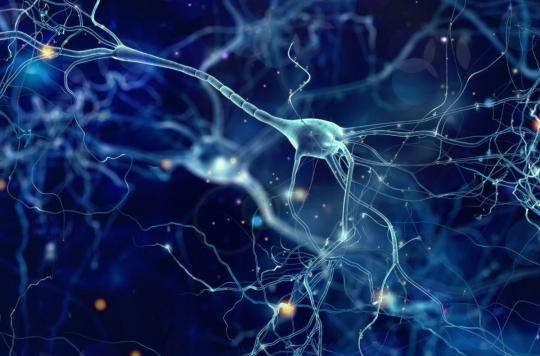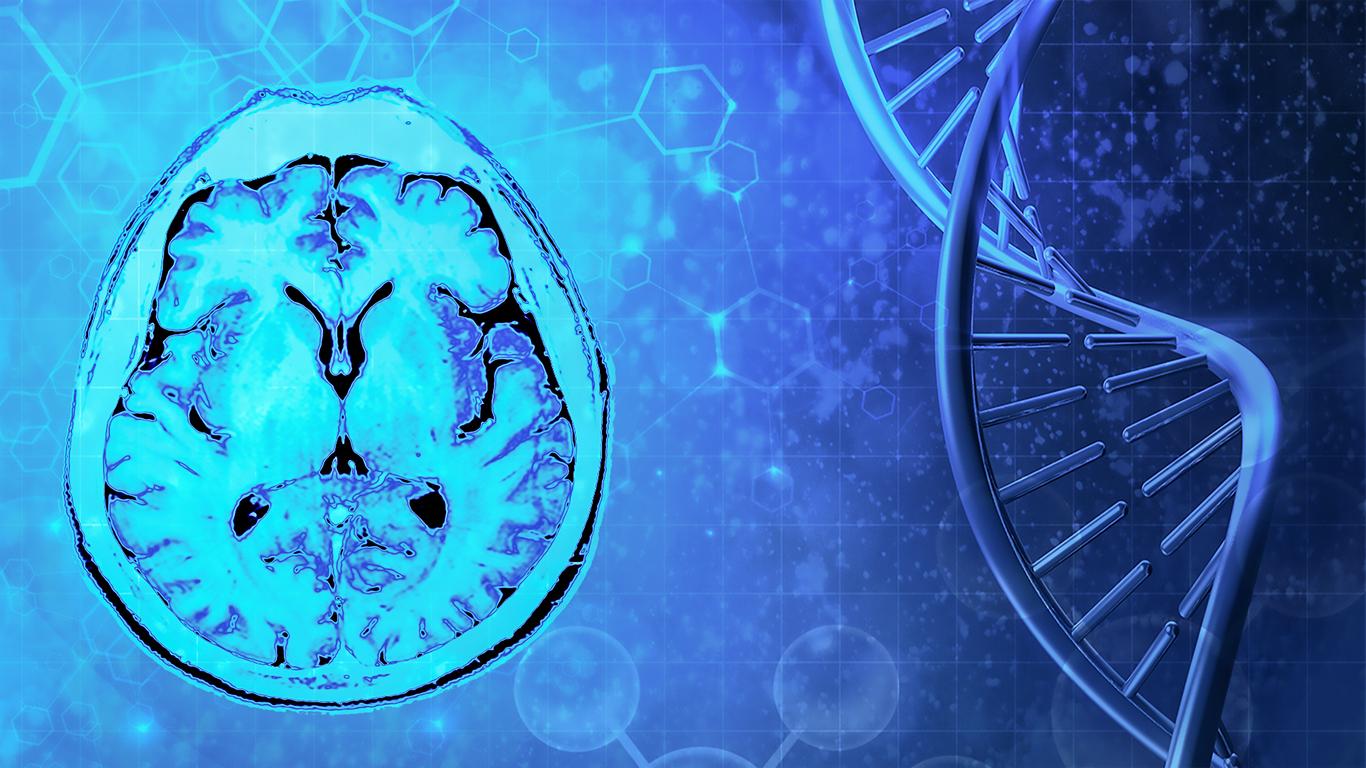In the brains of people with Alzheimer’s, a cellular process allows the Tau protein to spill over into healthy brain cells and causes neurons to tangle.

- A cellular phenomenon could be at the origin of Alzheimer’s disease
- The diffusion of the Tau protein would cause knots that promote the formation of amyloid plaque
- This phenomenon could explain the non-hereditary forms of the disease
Scientific research on Alzheimer’s disease is advancing, but its causes remain unknown. From Australian University of Queensland researchers bring new knowledge on this neurodegenerative pathology. They discovered a cellular phenomenon that could explain the onset of dementia. The team, led by Professor Jürgen Götz, has clarified a cellular phenomenon at the origin of the dissemination of the Tau protein, toxic for neurons, in brain cells.
Leaks of the Tau protein
“These leaks generate a process of harmful dissemination, which creates nodes of Tau protein, then, which causes memory loss and other disorders.“, explains the scientist. Together with his team, they did not understand how the protein was able to escape from the cells it had just entered, this new study has allowed them to shed new light. “It appears that the little bags that carry messages to or from cells, called exosomes, trigger a reaction that creates holes in cell walls, allowing the toxic protein to escape“, analyzes the researcher.
A double phenomenon
The Australian scientist finds that when the Tau protein spreads in the brain, it ends up forming knots. At the same time, amyloid plaques form: they correspond to an abnormal accumulation of Tau protein, which harms nerve cells. These two cumulative phenomena would be the “elements keys” of this neurological disease. For the researchers, this discovery is an important element of understanding the appearance of the disease when it is not hereditary. “The more we understand the pathology, the easier it is to interfere with the process and slow or even stop the disease.“, adds Dr. Juan Polanco, co-author of the study. In addition, he thinks that this cellular process could be involved in other cognitive diseases. With his team, he will continue his research on exosomes, and different cellular mechanisms at work in Alzheimer’s disease, in the hope of one day finding a treatment.
The lack of treatment curative
Today, there is no medicine to cure the disease, existing treatments can slow its progression and act on certain symptoms. The earlier the disease is detected, the more effective they can be. 900,000 people suffer from Alzheimer’s in France.

.

















